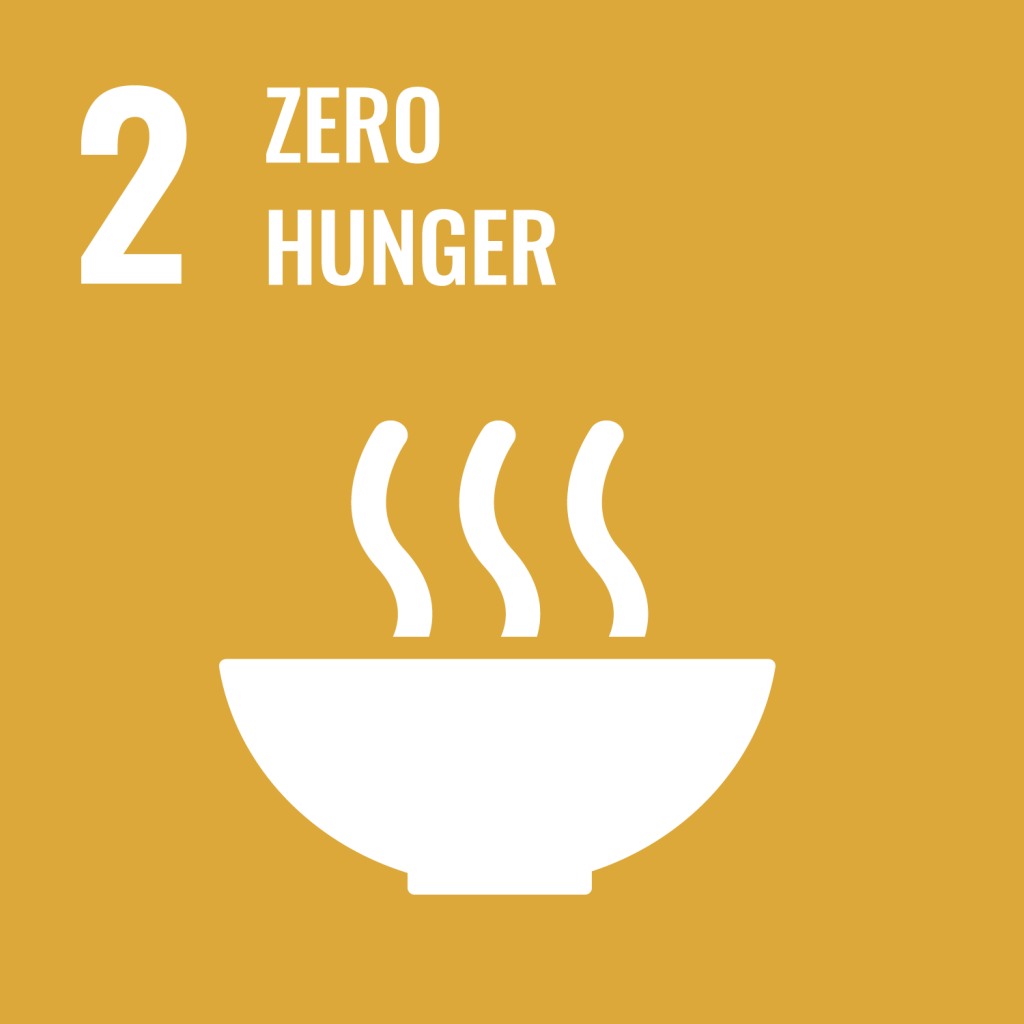Hunger indicates social welfare disparities and underscores economic inequality. Unequal food access complicates solutions. Hunger impacts national human resources, necessitating global solidarity and ambitious strategies for its eradication

Campus food waste reduction initiatives directly contribute to SDG 2, aiming for Zero Hunger. By optimizing meal planning, improving food storage, and channeling surplus to those in need, educational institutions can significantly cut waste, support community food banks, and move towards a hunger-free, sustainable campus environment.
Addressing student hunger is vital to achieving SDG 2, Zero Hunger. Universities implementing food assistance programs, creating campus pantries, and offering meal vouchers ensure that students have access to nutritious food, thereby enhancing their academic success and well-being while advancing global efforts to eradicate hunger.
Tackling national hunger is central to fulfilling SDG 2, Zero Hunger. Through comprehensive policies, national food programs, support for agriculture, and community engagement, countries aim to guarantee food security, improve nutrition, and ensure that every citizen has sufficient, safe, and nutritious food to lead a healthy life.